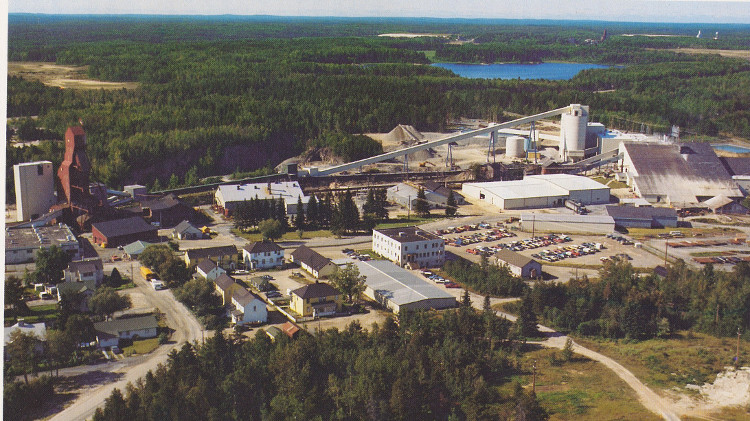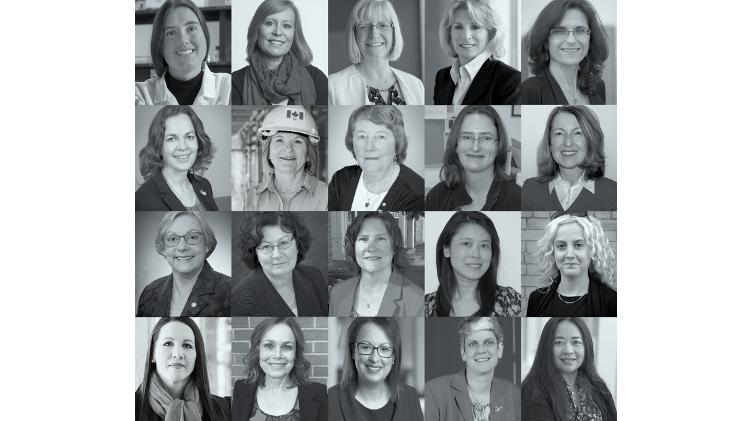Mélanie Corriveau. Courtesy of Agnico Eagle Mines
Mélanie Corriveau is leading the way in developing and overseeing Agnico Eagle Mines’ engagement strategies with local communities and Indigenous Peoples in regions where it has projects and operations.
Her current focus is on forging agreements with Indigenous nations in Canada and Australia, and implementing Agnico Eagle’s Reconciliation Action Plan (RAP), which launched in July 2024. The RAP was developed in collaboration with Indigenous communities and aligns with the United Nations Declaration on the Rights of Indigenous Peoples.
Born and raised in the Abitibi-Témiscamingue region of Quebec, Corriveau was a natural fit for the mining industry. “I grew up on the traditional territory of the Abitibiwinni First Nation, where I developed friendships and a deep appreciation for Indigenous cultures,” she said. “Thanks to my father’s openness and interest, I was introduced early on to their traditions and ways of life. Mining was a part of everyday life for many in the region.”
After working in regional development and consultation through a provincial government branch, Corriveau was approached about 15 years ago by a former colleague involved in mining. She learned about the Dumont project, a brand-new mining project in Abitibi-Témiscamingue that Royal Nickel was developing—so all the permitting, consultations and stakeholder engagement needed organizing and managing.
“This was my first footstep into the mining industry,” she said. And, as it turns out, the beginning of a new career. At the Dumont project, Corriveau was responsible for developing the community engagement strategy.
But Corriveau was no stranger to impact assessments, thanks to her previous work with the provincial government. “I spent maybe 10 years advising the government of Quebec on regional development initiatives for Abitibi,” she said.
Then came LaRonde, Agnico Eagle’s underground gold complex in northwestern Quebec; Corriveau became the mine’s communications and community relations coordinator in 2017. “I first developed the plan and agreement with First Nations in Quebec for the company,” she said.
With her experience on both sides of the approval process, Corriveau soon earned a reputation within the company as the “go-to” person for Indigenous relations in Quebec. She moved into her current role in 2022, overseeing the community and Indigenous relations strategy for all of Agnico Eagle’s operations and projects.
Although engagement with Indigenous communities has always been important to some extent for mining companies—mostly because of regulatory processes and industry best practices—Corriveau thinks it needs to be more formalized within businesses to become part of their business strategy, and that more consistency is needed in the way companies approach Indigenous people and share opportunities.
“In Nunavut [where Agnico Eagle’s Meadowbank and Meliadine mines are located], if you want to develop a mine, you need the cooperation and participation of Indigenous people; you need to seek consent, because it’s their land,” she said. “We strive for the same everywhere we operate on traditional Indigenous territory: not just Nunavut but Quebec, Ontario, Finland, Australia, Mexico.”
Agnico Eagle is currently implementing the RAP and will release the first update report in 2026, according to Corriveau. Regular meetings are held to ensure the plan is focused on what is really important to Indigenous people.
As Agnico Eagle was the first Canadian mining company to develop a workable RAP, it has garnered other mining companies’ attention and influenced them in their own dealings with Indigenous Peoples and stakeholders.
“We receive a lot of requests from other exploration and mining companies to learn more about our process,” said Corriveau. “We do a lot of presentations to explain the process because we believe that such cooperation helps all the industry. It’s really important that the industry supports reconciliation.”




